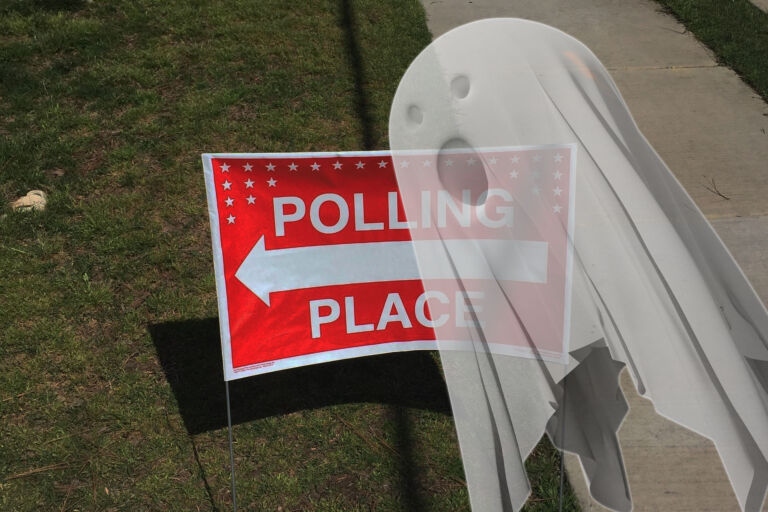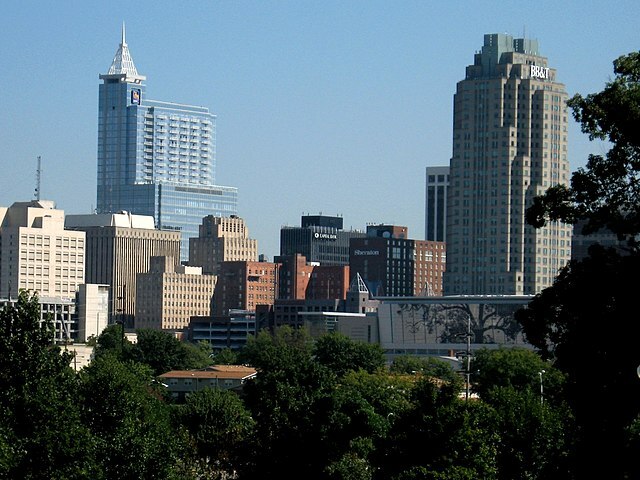Julie Tisdale provides this background and guidance on tonight’s vote
in Guilford County.
Guilford County Commissioners will vote tonight on a package to finance a downtown ballpark facility in High Point and commit increased tax revenues to the project for the next twenty years. While the project looks exciting, its economic impact is highly doubtful, and the use of taxpayer money raises a number of important questions.
From the beginning, supporters of this project have claimed that building a downtown facility will be good for the economy and good for the residents of High Point. In addition to the baseball games played in the stadium, it would serve as an attractive venue for concerts and other events,. The spectators coming into the city for baseball games and concerts would spend money in restaurants and hotels. These expenditures would increase revenue, grow businesses, and create employment. And on top of that, the project will act as a catalyst for any number of other investments that would further spur economic growth and downtown revitalization.
This narrative is attractive, but there is substantial evidence that it may not actually play out in that way. Many researchers have studied whether spending public money on a stadium for a sports franchise produces the sorts of economic benefits that advocates claim. These studies usually examine more expensive, major league facilities, but the economic principles apply in the same way, if on a smaller scale, with minor league parks.
In September 2015, Dennis Coates, Professor of Economics at University of Maryland, Baltimore County, published one such study, a working paper titled “Growth Effects of Sports Franchises, Stadiums, and Arenas: 15 Years Later.” It was a follow-up to a 1999 study in which the authors had examined every city with an NBA, NFL, or MLB franchise between 1969 and 2004. In this new study, Coates added cities with NHL and MLS franchises and extends the study to 2011.
His findings are striking. The presence of a professional sports team does indeed impact the economy, but, contrary to popular belief, the impact is usually negative. Remarkably, when looking across all sports over the past 50 years, it appears that cities with professional teams saw their per-capita gross domestic product drop. In other words, people became poorer. He writes:
…the entire sports environment matters for the level of real personal income per capita, in the sense that the array of sports variables are jointly statistically significant. But contrary to the promised increase, the presence of a major sports franchise lowers the income.
Studies that reach these conclusions aren’t new. In 1999, economist Raymond Keating published an analysis called “Sports Pork: The Costly Relationship between Major League Sports and Government” for the Cato Institute. In it, looking back over the 20th century, he calculated that nearly $15 billion in government subsidies had been spent on stadiums and arenas for the MLB, NFL, NBA, and NHL. He concluded:
The economic facts, however, do not support the position that professional sports teams should receive taxpayer subsidies. The lone beneficiaries of sports subsidies are team owners and players. The existence of what economists call the “substitution effect” (in terms of the stadium game, leisure dollars will be spent one way or another whether a stadium exists or not), the dubiousness of the Keynesian multiplier, the offsetting impact of a negative multiplier, the inefficiency of government, and the negatives of higher taxes all argue against government sports subsidies. Indeed, the results of studies on changes in the economy resulting from the presence of stadiums, arenas, and sports teams show no positive economic impact from professional sports or a possible negative effect.
The reason is the “substitution effect,” a well-known concept in the economics and business literature. People have a limited number of hours and dollars, and some percentage of those are spent on leisure activities. A new baseball team in High Point will certainly attract fans who will spend money. But the overwhelming majority of those will be fans who live locally, and they will not be spending new money. Instead, they’ll substitute. Local fans will spend money at the ballpark instead of going bowling, to the movies, or to a concert. The overall amount of money spent in the economy won’t be different; it will just be redistributed.
Unfortunately, the unintended consequence can even be to take business away from small, local competitors, which is surely the last thing any politician or resident wants for the local economy. A new stadium doesn’t magically increase the entertainment budgets of High Point and Guilford County residents. In fact, it may do just the opposite if that stadium is paid for through increased taxes, as is the plan for this ballpark.
There is also another irony in all of this. Usually, under publicly funded stadium plans across the country, the city or county retains ownership of the stadium, while the team and its owners control revenue. This would be the case in High Point, where the city would own the site. At first glance, this may seem like a good deal for taxpayers, who retain ownership of an asset. But is that really the case? If the city owns the stadium, then the team loses little by moving. If another city comes to them with the offer of a shiny new stadium in a few years, they have every reason to leave town. If attendance and revenue doesn’t meet expectations, then the city will be left to foot the bill – for the next twenty years in this case. Not only that, but if the team fails, or if the stadium needs improvements and repairs, that burden remains with the taxpayers who own the ballpark.
Contrast that to a completely privately financed ballpark where the team owns the stadium. In that case, leaving involves finding a buyer or a tenant, and ensuring the sale or lease is lucrative enough to justify the move. Additionally, any renovations or repairs to a private facility would be the responsibility of the owners, not a further burden on taxpayers.
Over the past four months, Nido Qubein has done a remarkable job promoting this project and securing investors. He’s attracted both donations and businesses. I commend that. But the ease with which he’s been able to find large amounts of money for this project tells me that there is indeed money in High Point and Guilford County for projects that people deem worthy. There are philanthropists who will donate money for projects they believe will be good for the community, and there are businesspeople who will invest in ventures they believe can be profitable. A ballpark could be built and financed without putting the taxpayers of Guilford County on the hook for the next 20 years.
In the latest “Facilities Needs Survey” published by the North Carolina Department of Public Instruction in 2016, Guilford County Public Schools reported nearly $760 million in needs for new schools, additions to existing buildings, renovations, and furniture and equipment. Given those sorts of needs, it seems reasonable to focus public resources on schools and essential services, rather than on ballpark projects that could easily be financed in other ways.


